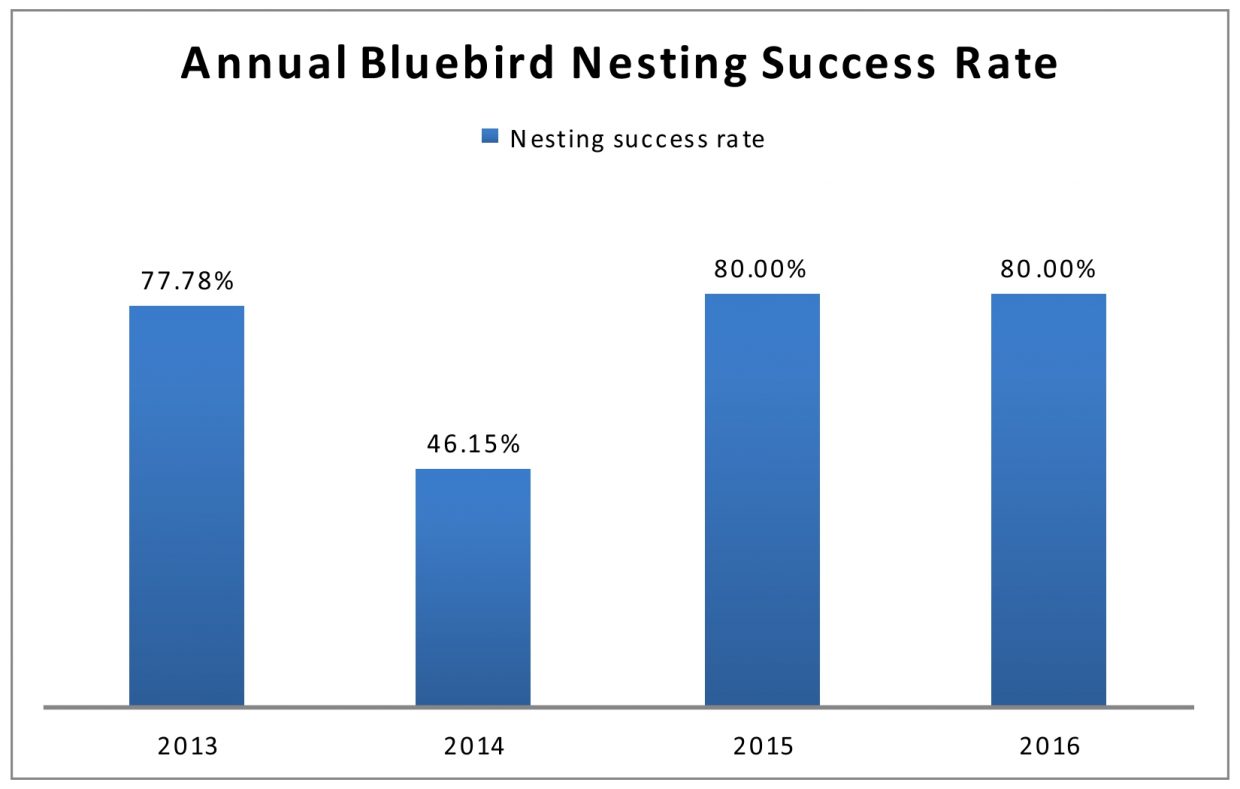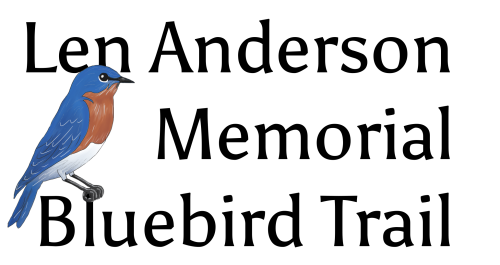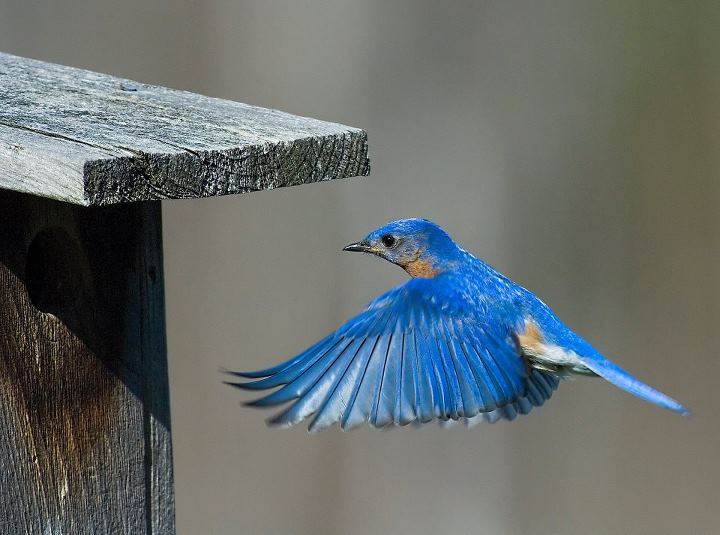Well, here they are. We have the results of this year’s nest box data. Honestly, I hate to close out the year. We did well with our Bluebird (Sialia sialis) fledgling numbers, and I was hoping our group could meet to review them. Unfortunately, scheduling conflicts prevented that.
Therefore, along with the regular stats, I thought I would include some charts to show the progress of The Clarence Bluebird Trail over the last few years.
2016 Stats

Since our last summary in July, there were additional nest attempts. We were already close to breaking some totals from last year. I suspect the drier than normal summer contributed to a reduced number of nesting attempts from 2015. Surprisingly, we had more fledglings than last year.
In 2015, 69 young (from four avian species) fledged. This year’s total of 104, gives us a 50.72% increase in fledglings. Drought or no drought, the birds were busy.
If we break down the numbers, and just look at Bluebirds, we should be very happy. We call it The Clarence Bluebird Trail for a reason.

Not only did we pass last year’s totals, we doubled them. In 2015, we only had 15 Bluebirds fledge from our nest boxes. This year was much more productive.
Other species use our boxes, and we collect data on them too. We had 19 Tree Swallow (Tachycineta bicolor) fledglings and 48 House Wren (Troglodytes aedon) fledglings. These birds are also valuable species in the environment.
Some Setbacks
After two years of data collected from the Clarence Library sites, we have determined that it is not an ideal location for our nest boxes. House Sparrows (Passer domesticus) plagued the Bluebird’s attempts at nesting. (You can read about it here and here.)
We will remove the nest boxes in the spring, and hope to find a new home for them soon. Any new site will need to be away from major buildings, since House Sparrows are comfortable utilizing eaves for nesting. They certainly don’t mind moving into additional housing. We don’t want a repeat of the last two years.
An ideal Bluebird site has open fields, with scattered trees and low or sparse ground cover. Here in Clarence, NY, we have a lot of farmland that is perfect for the nest boxes, but we want to keep them on public land as much as possible.
Luckily, we have our local bike paths to help us. The town transformed these old train lines into an integrated bike trail. They run through the town and connect local parks and historic destinations, and give residents a place to get out into nature and get a little exercise.
Many of our nest boxes are located along the bike path in areas suitable for Bluebirds. After some assessment, we may consider adding these two additional boxes to one of those sites.
A Look Back
We began The Clarence Bluebird Trail in 2013. Our goal, Bluebird conservation. Our 16 nest boxes grew to 18, and even though some sites did not work well for Bluebird breeding, we kept going. By providing nesting boxes for the Eastern Bluebirds, we hope to increase their numbers—so far, so good.
As you can see by the charts below, we continue to provide additional nesting habitat for the Eastern Bluebird. The number of fledglings has increased.

Nesting success rate is the fraction of observed nests that fledge at least one young. The Cornell Lab of Ornithology uses a specific method for calculating nest success. Our volunteers check the boxes regularly to get the most accurate data. The more the accurate the data is, the better the calculation.
When we compare nesting data from 2013-2016, we can get an idea of how well our organization is meeting our goal.
Results
With the right habitats, proper nest boxes, and hardworking volunteers, we can continue our Bluebird conservation in the region. We have seen the results of four years of work, and they are promising. Our group is small, but every bit helps.
If you are interested in joining our group of dedicated volunteers, please feel free to contact us. Every additional person can help us continue our efforts.


